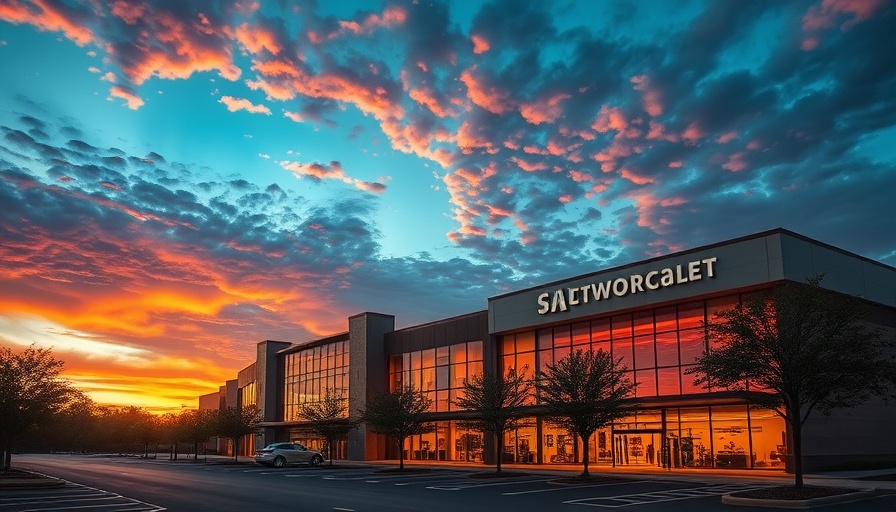
Choosing the Right Retail Space for Your Business
Deciding on the best retail space can play a pivotal role in the success of your business, especially in a growing area like Austin. From food truck operators to small restaurant owners, the type of commercial lease property you choose significantly influences your visibility, foot traffic, and ultimately your profits. This guide will explore the various types of retail spaces available in Austin, helping entrepreneurs make informed decisions about their next lease.
Standalone Buildings: Optimal Control and Visibility
Standalone buildings are often the most desired type of retail space in the Austin market. Offering maximum visibility, these freestanding structures cater to businesses that require substantial customer traffic and brand presence. For established brands—like fast-food chains that depend on drive-through visibility—standalone spaces provide operational freedom and dedicated parking facilities.
Moreover, these buildings offer complete control over the property, empowering owners to manage everything from signage to hours of operation, making them particularly appealing for businesses keen on maximizing their local footprint.
End-Cap Spaces: The Best of Both Worlds
End-cap spaces are another excellent option, especially for food and beverage business ventures. Positioned at the end of shopping centers or retail strips, these locations allow businesses to enjoy both a substantial customer draw from the shopping center and the standalone benefits of visibility and accessibility. Restaurants, in particular, thrive in end-cap spots due to the increased foot traffic from neighboring stores.
When selecting an end-cap location in Austin, it’s essential to analyze the traffic patterns of the shopping center along with the anchor tenant’s influence. A well-placed end-cap can drive robust sales, especially if it captures both destination and pass-by traffic.
Understanding the Austin Retail Market
The Austin real estate market is experiencing significant growth, making it an exciting time for small business leasing and restaurant space acquisition. Whether you’re a food truck operator looking for a commercial kitchen for lease in Austin or a new homebuyer exploring affordable restaurant leases, understanding the dynamics of this market can offer you valuable leverage. Special home pricing, restaurant lease deals, and emerging neighborhood developments are vital factors to consider when scouting for properties.
Making Informed Leasing Decisions
In a competitive landscape, obtaining the right space is crucial. Here are some actionable insights to help guide your leasing decisions:
- Research Local Trends: Keeping an eye on neighborhood growth and shifts can help identify the best spots for your business.
- Assess Property Features: Analyze space dimensions, lease flexibility, parking access, and surrounding businesses that may complement your offerings.
- Utilize Local Experts: Leverage local commercial brokers who have insights into the Austin real estate landscape and can help navigate negotiations.
Why It Matters
Understanding the different types of retail spaces available in Austin enables business owners, particularly food entrepreneurs and small urban businesses, to capture their share of a thriving market. Choosing the right space can lead to increased sales, brand recognition, and overall success.
As Austin continues to evolve and expand, being informed about the commercial leasing landscape provides opportunities for foodpreneurs and startups who are ready to take their businesses to the next level. With ongoing developments and a supportive community, now is the time to explore the possibilities.
Take Action!
Are you ready to find your ideal retail space in Austin? Stay ahead of the curve by exploring available opportunities, learning about lease negotiation strategies, and connecting with local experts. The right space is waiting for you!
 Add Row
Add Row  Add
Add 



 Add Row
Add Row  Add
Add 

Write A Comment